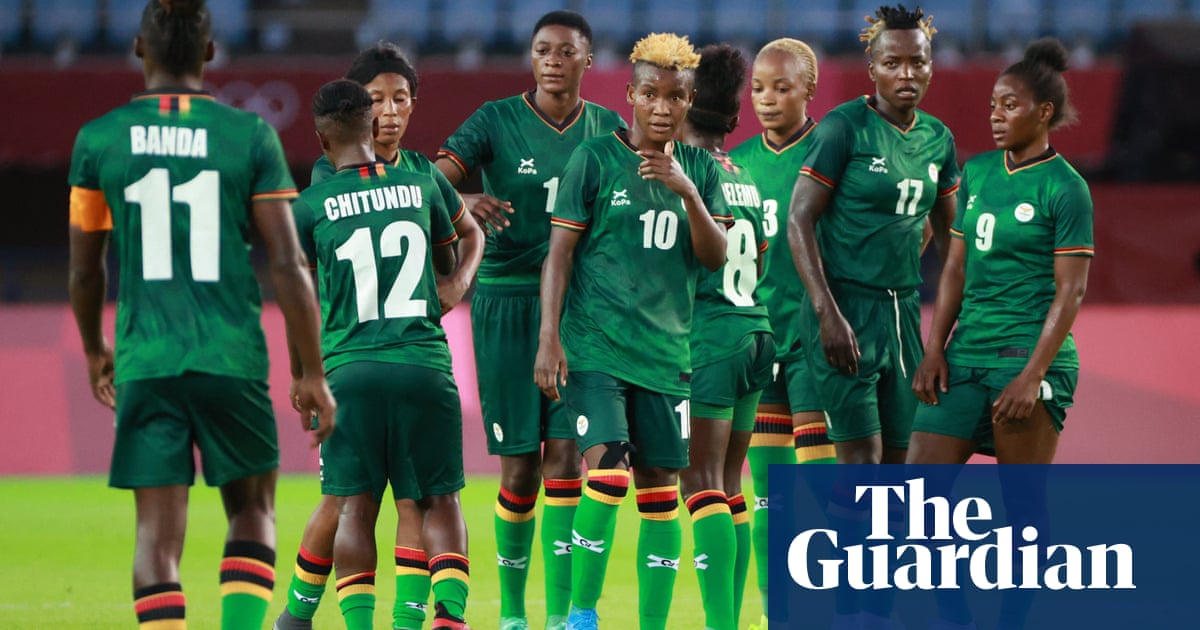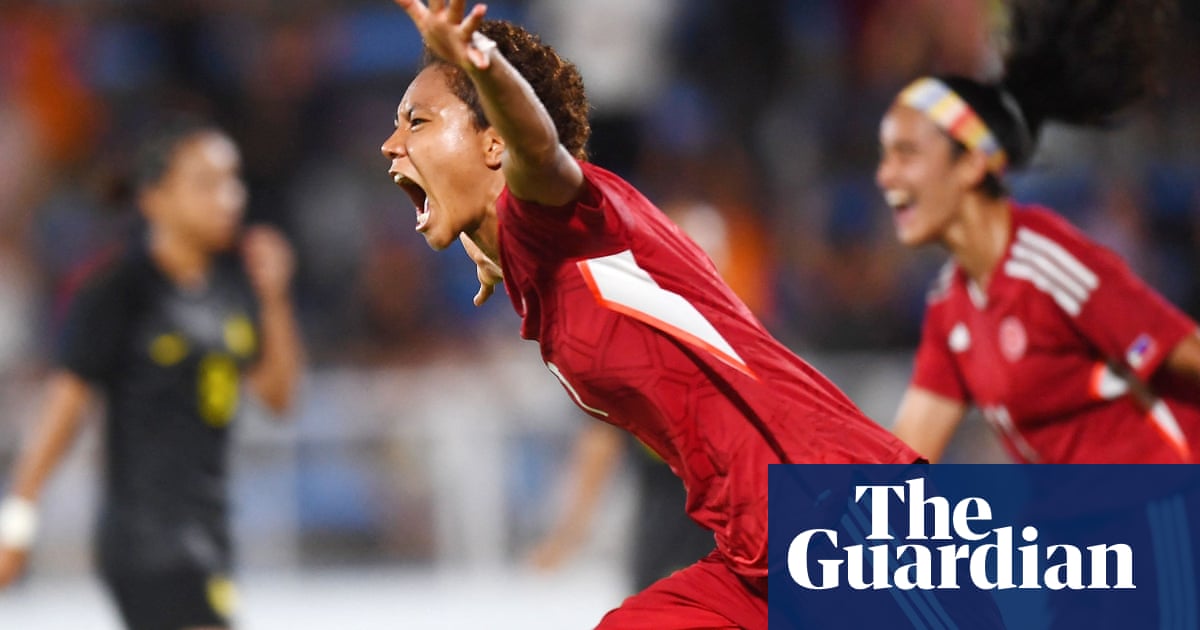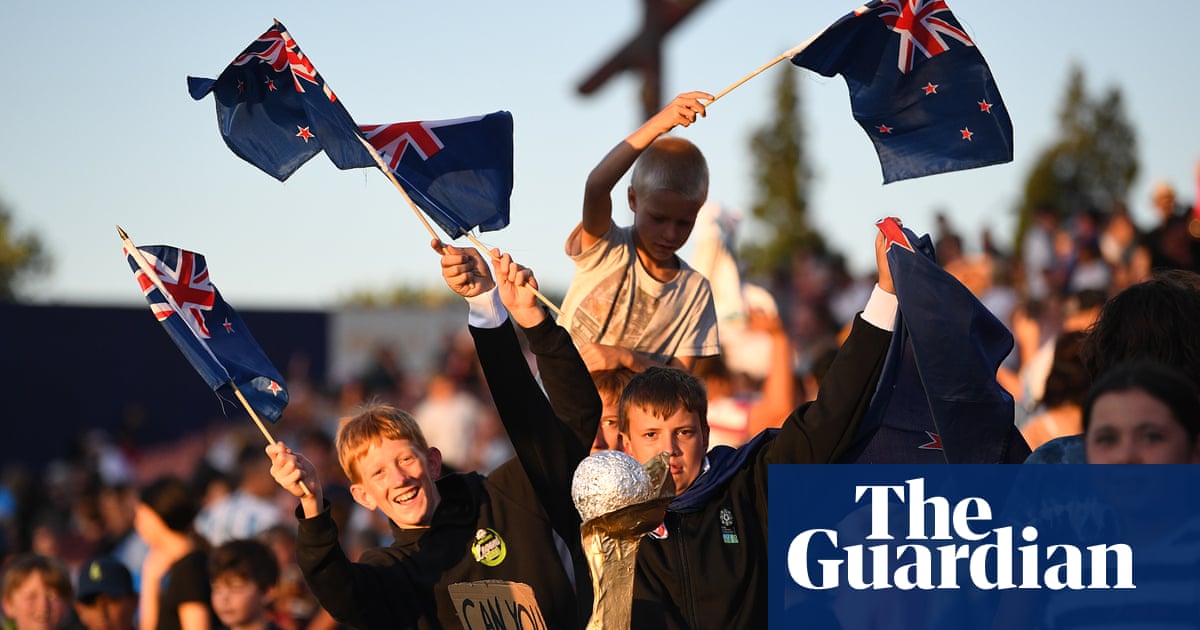
This article is part of the Guardian’s World Cup 2022 Experts’ Network, a cooperation between some of the best media organisations from the 32 countries who qualified. theguardian.com is running previews from two countries each day in the run-up to the tournament kicking off on 20 November.
The plan
Rising expectation after an eventually dominant World Cup qualifying campaign has plateaued in the wake of a demanding group-stage draw and mixed warmup results. Saudi Arabia were Asia’s success story in the third qualifying round, topping a tough pool while successfully developing their next generation. And the prospect of facing Lionel Messi’s Argentina, Robert Lewandowski’s Poland and perennial dark horses Mexico has not tempered the belief of the Green Falcons’ head coach Hervé Renard.
“Even though we are in a tough group, you have to be ambitious,” he told Fifa.com ahead of a second successive World Cup, having managed Morocco in Russia. “Going to the World Cup without ambition is pointless. We have to believe we have a chance and push ourselves to the limit.”
The debonair Renard – he of Africa Cup of Nations-winning fame with Zambia and Ivory Coast, plus an incongruous stint at Cambridge United in 2004 – tweaked his tactics slightly for the recent warmup games, switching from the established 4-2-3-1 to a 4-3-3. Energy, injury permitting, should come from exceptional full-backs Yasser al-Shahrani and Sultan al-Ghanam, midfield control from Al Hilal icon Salman al-Faraj and inspiration from exceptional winger Salem al-Dawsari. Al Nassr’s magician Sami al-Najei is the squad’s wildcard.
There is talent aplenty and belief a repetition of the lionised run to the knockouts at the 1994 World Cup is achievable. All the above-mentioned players must recover from knocks – with Dawsari’s fitness a particular worry – during a training camp across the border in Abu Dhabi, featuring five friendlies.
The coach
Hervé Renard’s impressive achievements in Africa made him the man chosen to establish order within Saudi ranks after Juan Antonio Pizzi’s underachievement at the 2018 World Cup and the Asian Cup the following year. A slow start – headlined by September 2019’s rollercoaster 2-2 qualifying draw against Yemen – made way for punishing consistency in a consummate third round. Renard’s side topped Group B ahead of Japan and Australia, while blooding youngsters such as Abdulelah al-Amri, Abdulelah al-Malki, Firas al-Buraikan and Najei. The Frenchman’s regular presence at Roshn Saudi League games and the team’s clear development on the pitch makes the nation feel they are in safe hands.
Star player
Salem al-Dawsari. “The Tornado” is expected to leave a trail of devastation in Group C if he recovers from appendix surgery. He has built on the winner against Egypt at the 2018 World Cup, netting regularly at global and continental tournaments. The 31-year-old’s acumen inspired his former Al Hilal teammate Bafétimbi Gomis to tweet a picture of them together after last year’s iconic AFC Champions League display versus Al Nassr, with the gushing caption: “A photo very representative of the admiration I have for him. The best Asian player.”
Unsung hero
Saleh al-Shehri. Much has changed since the unsatisfactory outing at the World Cup four years ago but up front uncertainty still reigns, with Shehri battling the in-form Al Fateh striker Buraikan for a starting spot. Buraikan is expected to get the nod against Argentina, but don’t discount Shehri’s role off the bench. An unselfish performer and underrated finisher, whose “perma-sub” role at Al Hilal deflects attention – Shehri hit seven goals in 13 qualifying appearances, including key strikes versus Oman, Vietnam and China.
Probable lineup
Qatar stance
Saudi Arabia has moved closer to Qatar after the Gulf Cooperation Council crisis of 2017-21 led to them – as well as the UAE, Bahrain and Egypt – cutting diplomatic ties with the World Cup hosts. Last year’s Al-Ula declaration brought an official end to this chapter of regional history. Football played a symbolic role in that, with Saudi Arabia’s participation in November 2019’s Arabian Gulf Cup in Doha signalling a thaw in relations. “Today we have unbelievable, amazing relations with Qatar,” Saudi Arabia’s crown prince Mohammed bin Salman told the Atlantic in March. “Sheikh Tamim [is] an amazing person, an amazing leader.”
National anthem
An-Našīd al-Waṭanī as-Suʿūdī brings together essential components of Saudi Arabian life; the centrality of Islam, and importance of the king. Origins can be traced to King Abdulaziz’s 1947 visit to Egypt. Lyrics were added in 1958 and updated in 1984. “God is the greatest! O my homeland! My homeland, Live as the pride of Muslims! Long live the King, For the flag, And the homeland,” it exalts.
All-time cult hero
When the wider football world thinks of Saudi Arabia, it does not gravitate towards the 72-goal record scorer Majed Abdullah or 178-cap goalkeeper Mohamed al-Deayea. Memory snaps back to a boiling day at Washington’s RFK Stadium in 1994 and Saeed al-Owairan’s iconic moment. The forward charged through the Belgium lines, scoring one of the World Cup’s greatest solo goals. Although off-field issues ensured he featured sporadically at France 98, Owairan holds a special place in national lore. In August he was named a ‘FUT Hero’ on the 2023 edition of the Fifa computer game series.











